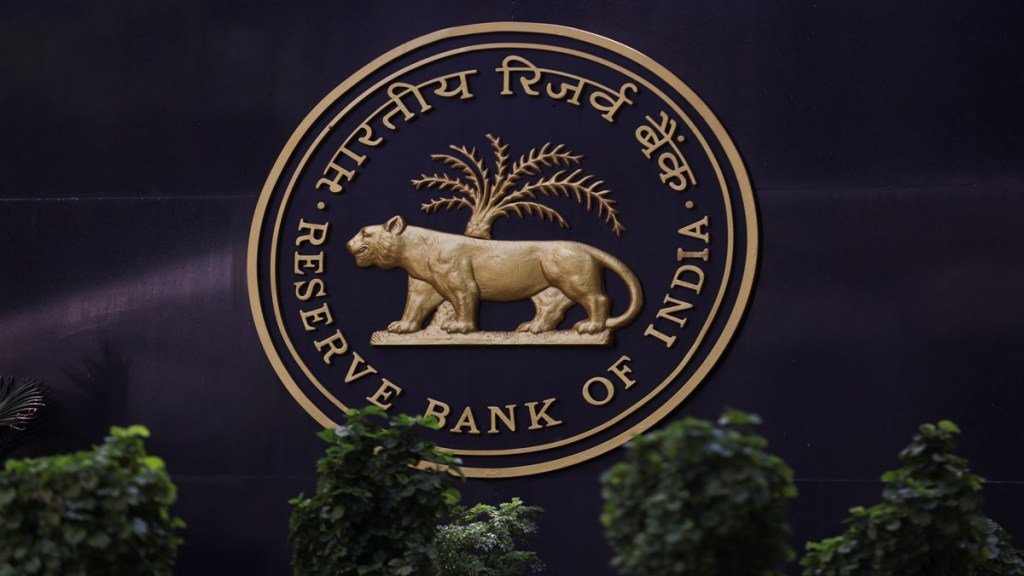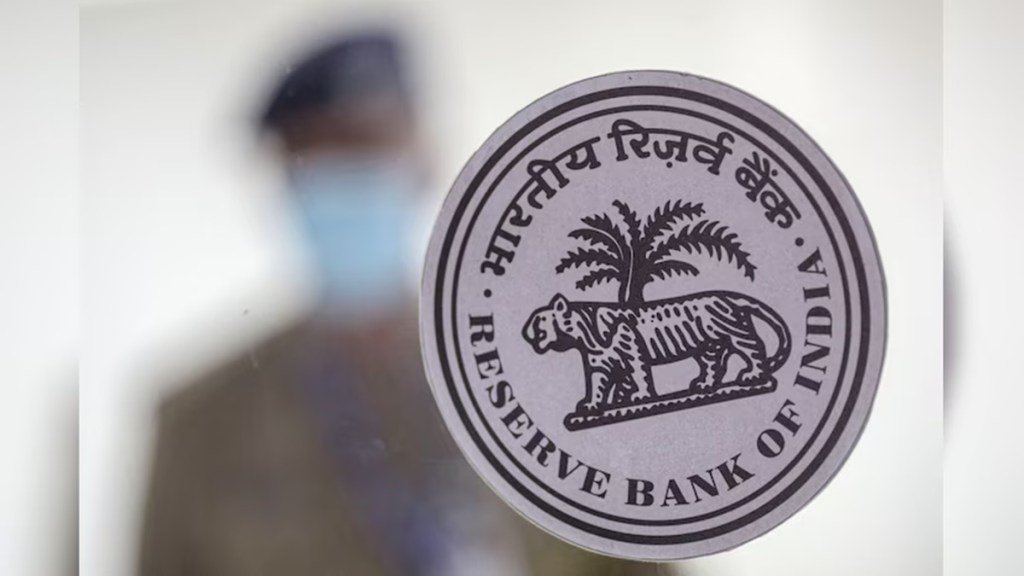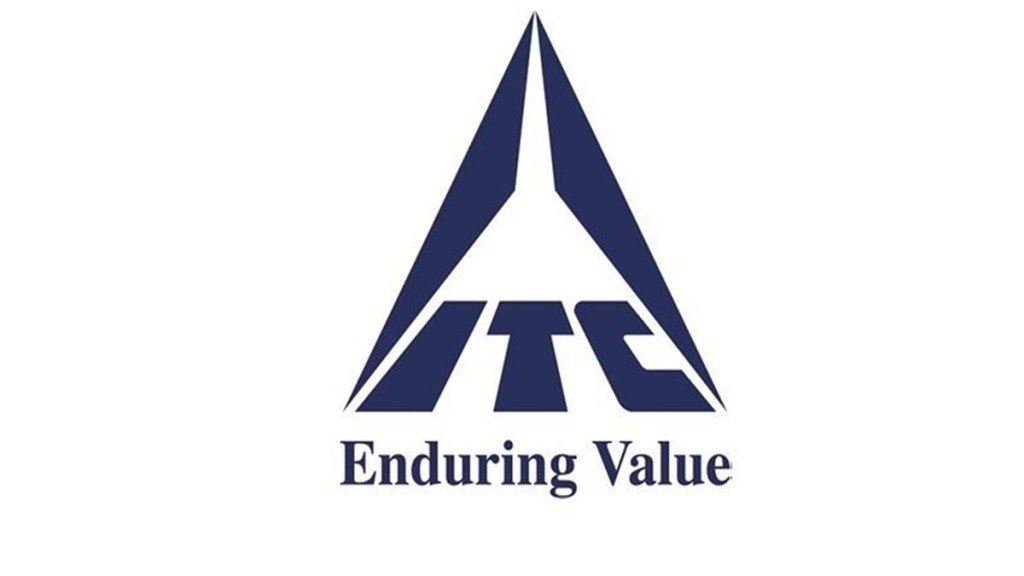
The Schengen visa system has undergone significant changes in 2025, introducing a more secure, digital, and regulated process for international travelers. For those planning to visit, study, or work across Europe, understanding these new rules is essential to avoid delays or visa denials.
The Schengen visa allows non-EU nationals to travel across 27 European countries for up to 90 days within a 180-day period. While the core members of the Schengen Area remain the same, Bulgaria and Romania now allow entry to Schengen visa holders only through air and sea routes. Cyprus is expected to fully implement Schengen rules by the end of the year, but entry by land remains excluded for now. Countries such as Ireland, Kosovo, Turkey, and Cyprus (via land routes) are not covered by this visa.
In 2025, the visa process is becoming increasingly digital. Paper visas are being replaced by secure digital approvals, and all applicants are now required to submit biometric data, including fingerprints and facial scans. Travel insurance is now mandatory, with a minimum coverage of €30,000 for short stays and €50,000 for long-term visits. Applicants must also show increased financial stability, with proof of funds ranging from €50 to €75 per day of stay, depending on the country of travel. Regular travelers to the Schengen Area now have access to fast-track options for multiple-entry visas valid for one, three, or five years.
First-time applicants face stricter scrutiny and must present a stronger travel history, valid documentation, and a clear purpose for their visit. There are several categories of Schengen visas, each with specific eligibility criteria.
The Uniform Schengen Visa, known as the Type C visa, covers short stays of up to 90 days for tourism, business, family visits, medical purposes, or participation in cultural or sporting events. Requirements include financial proof, travel insurance, a valid passport, accommodation arrangements, and a return or onward ticket. The Airport Transit Visa (Type A) is designated for travelers passing through Schengen airports without entering the zone.
For longer stays, the National Visa, or Type D visa, is issued for those pursuing academic programs, employment, family reunification, business ventures, long-term medical treatment, or retirement. Applicants must show bank statements indicating financial stability, provide purpose-specific documents such as job contracts or admission letters, and secure accommodation and comprehensive insurance coverage for their stay.
The Multiple-Entry Visa allows travelers to enter and leave the Schengen Area repeatedly within the visa’s validity. To qualify for a one-year MEV, applicants must have completed three short-term visits within two years. A three-year MEV requires two prior one-year MEVs, while a five-year MEV is granted only to travelers with a consistent history of legal travel and no overstays or violations.
Transit Visas (Type A and Type B) apply to individuals traveling through Schengen countries to a third destination. Type A is limited to airport transit, while Type B allows short-term entry during transit. Proof of onward travel, a visa for the final destination (if applicable), insurance, and accommodation (if exiting the airport) are required.
Special-purpose visas are available for working holidays, seasonal employment, diplomatic visits, religious work, and participation in cultural or sporting events. Each subcategory has specific conditions. For example, the working holiday visa is available to young travelers aged 18 to 30 or 35 (depending on the country), requiring proof of €2,500 in funds and a return ticket. Seasonal workers must have a job offer, proof of accommodation, and insurance.
These changes aim to enhance security, ensure traveler accountability, and provide a smoother, digital-first experience for frequent and compliant travelers while maintaining strict controls on entry for first-time or high-risk applicants.


















